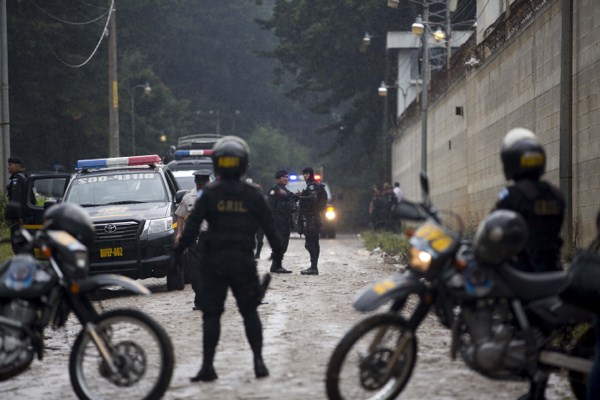Of the 10 countries with the highest homicide rates, eight are in Latin America and the Caribbean. The region is likewise home to 34 of the world’s 50 most violent cities. The social and economic impacts of those levels of crime are massive, and, as a result, governments and private sectors in Mexico, Brazil and, more recently, Guatemala and El Salvador are looking for new solutions. They have sought advice from two familiar sources in American policing: former New York City Mayor Rudy Giuliani and current New York City Police Commissioner William Bratton.
Giuliani, and even more so Bratton, are known for their application of the “broken windows” model of policing that many credit with helping to reduce crime across much of the United States over the past 20 years. If done properly and in combination with other reforms—such as purging corrupt police officers and members of the judiciary and adopting management models of accountability like CompStat, the computerized system developed in New York to track crime and officers’ beats—the broken windows model of policing can contribute to improving the security situation in Latin America.
Broken windows policing is based on a theory expounded by two college professors, George L. Kelling and James Q. Wilson, in an article in The Atlantic in 1982. Kelling and Wilson connected smaller acts of public disorder, like graffiti and public drinking, to more serious crime. Bratton and his disciples spread these policing methods across the U.S., implementing them most prominently in New York City in the early 1990s, where levels of crime and disorder plummeted. Today, crime rates in U.S. cities, many of which used some form of the broken windows policing, including Washington, D.C. and Los Angeles, are nearing 50-year lows.

